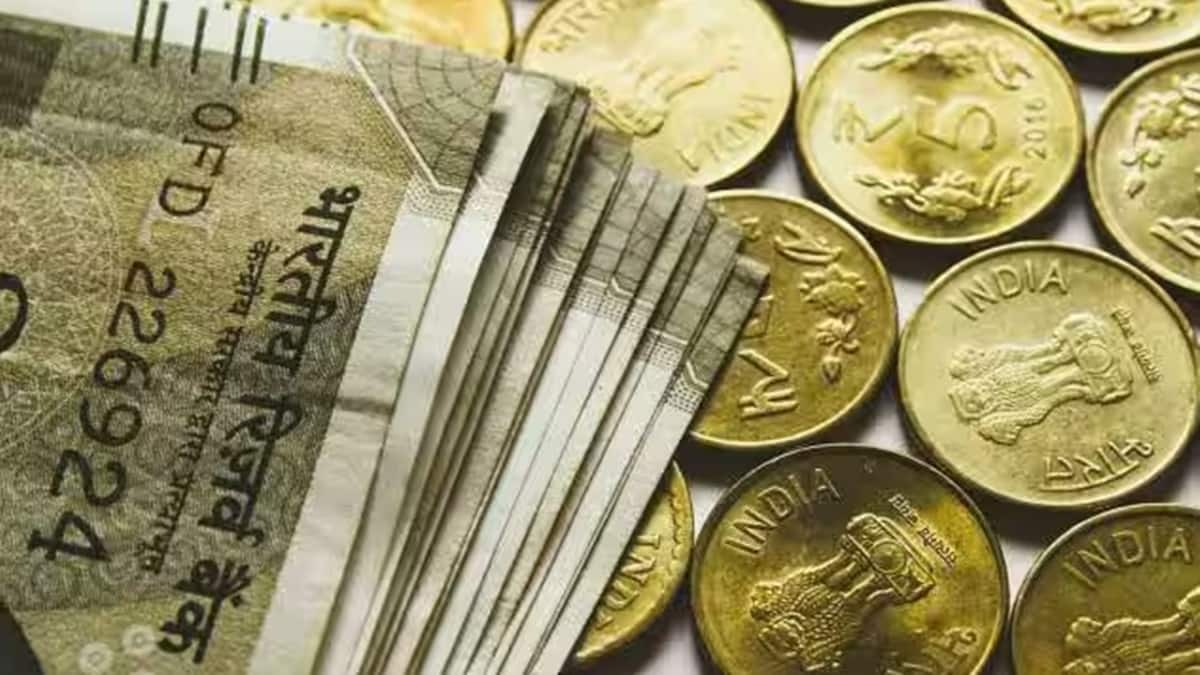Nifty may fall below 17500 if weakness persists, US Fed may hike rate by 100 bps; watch out for these levels
By Anand James
At the beginning of last week, we had less fear of a long liquidation as the long build up was significantly lower than what was prevailing in early April and mid August, the last two occasions when Nifty sniffed at 18k vicinity and turned lower. FIIs’ long exposure in the index future segment was boosted to 28% on Friday, despite the fall, marking an increase from 22% seen at the start of the week. It was the retail segment that was long heavy, having accumulated 72.9% of the longs in the index future segment, last week, and they have since reduced their exposure marginally to 68.9%.
Indian markets did brave the storm on Wednesday, lifting off remarkably after a gapped down opening, enticing the view that we are completely decoupled. That this argument is a bit of a stretch, came to fore in the subsequent days, when Indian stocks also cracked after pressure in US stocks persisted. More importantly, this was the fourth attempt this year, when Nifty has forayed above 18000 in search of a new record peak, but only to face rejection trades. This time around, the twin rate decisions scheduled ahead from the US as well as India were too big an event risk to ignore while on the hunt for a newer peak, thus justifying the profit booking, especially after coming close to our upside objective of 18160.
Clearly, risk off trade is in play, and this has been aggravated by a higher US inflation reading as well as other macros including recent jobless claims pointing to a healthier economy that can withstand a hawkish regime. Incidentally, a 50 bps rate hike is completely off the table, and the possibility of a 100 bps hike has risen to 24% from zero, a week back.
Also read: Nifty may slip below 17400, resistance at 17777; buy these two stocks to pocket short-term gains
The 200 day SMA is neatly parked at the 17000 mark, appearing as the first objective in the event of continuation of downtrend, followed by 16650. However, we prefer to begin the week with low expectation of a collapse, given the close above 17500. Similar close was also seen in Bank Nifty. However, should the Nifty fail to clear 17860 on the bounce, the 17500 region may not hold for long. And yet, patterns do not suggest an outright collapse though. Towards this end, how VIX plays out in the next week would be crucial. After a near 10% rise in VIX on Friday to push well above 20, there was a decline, negating the collapse momentum. We had below August peaks of 21.2, which had come even amidst FIIs returning as buyers. So, hope and recent history holds an edge, despite fears of a melt down.
(Anand James, Chief Market Strategist at Geojit Financial Services. Views expressed are the author’s own.)


Recent Comments